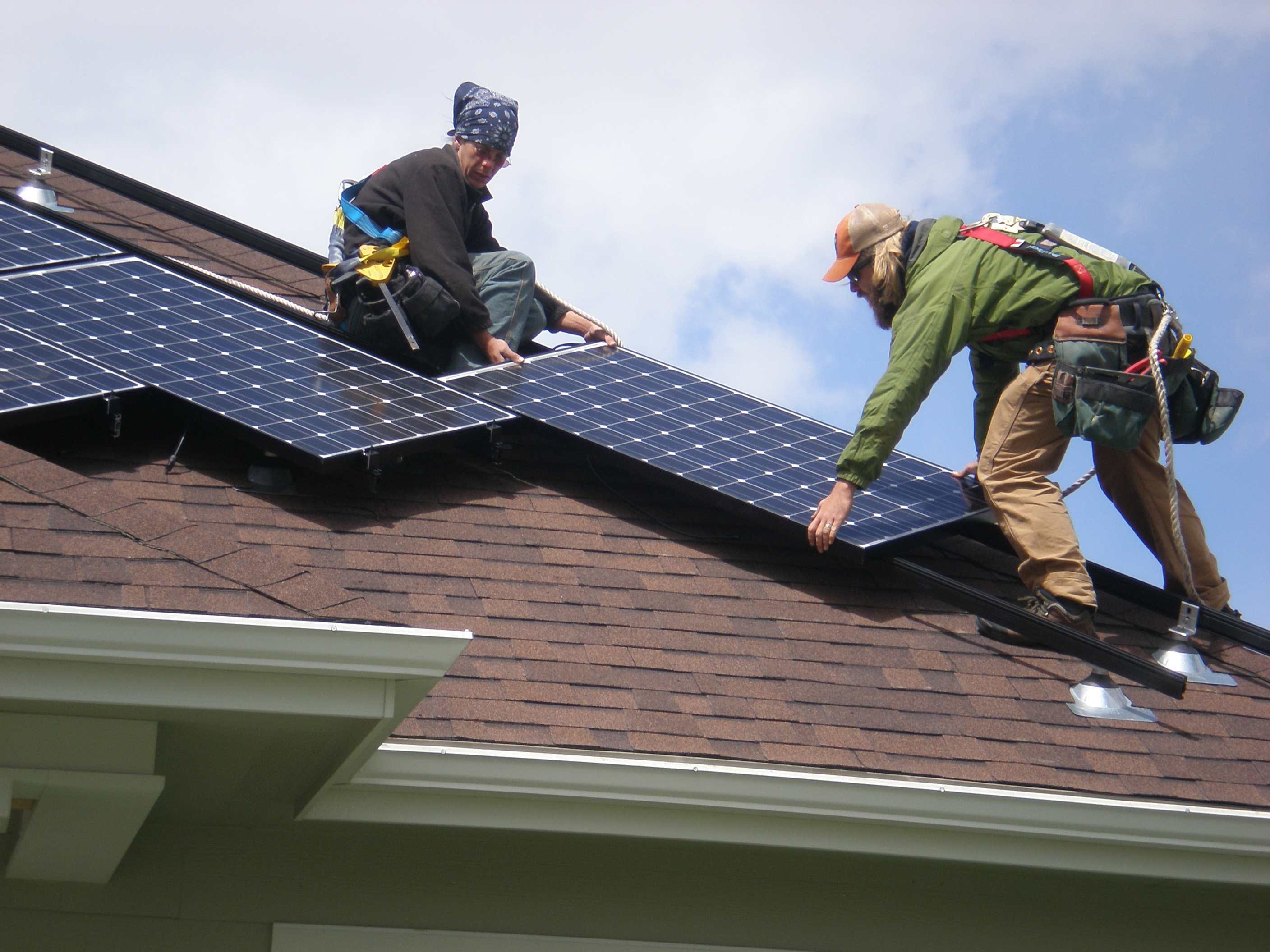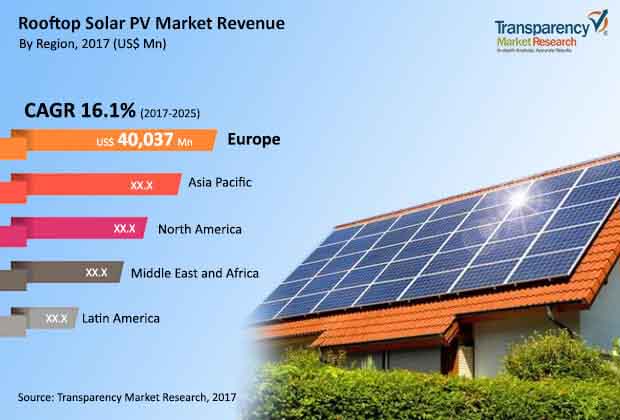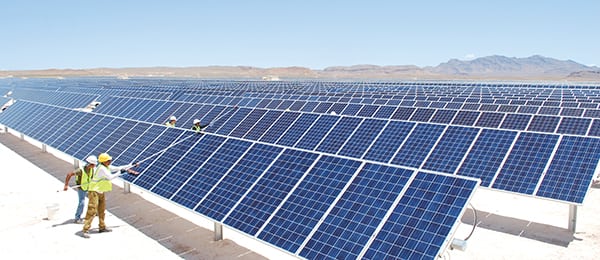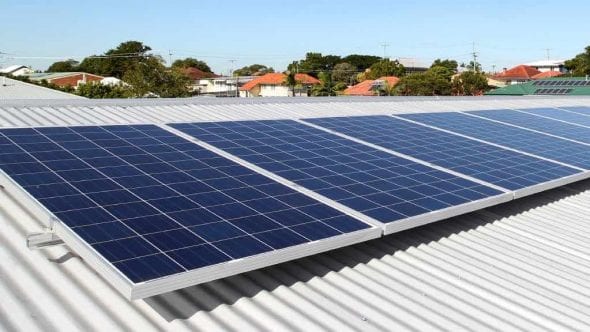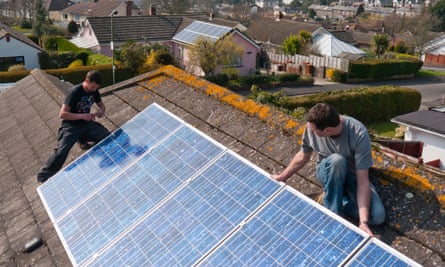Solar energy systems i e photovoltaics solar thermal provide significant environmental benefits in comparison to the conventional energy sources.
Solar pv rooftop system has no environmental impact during its operational stage.
In fact electric system operators have been paying customers to take demand off the grid for many years during times when the grid is stressed.
But because the boom in rooftop solar pv is not controlled by utilities there are some genuine implications for the cost of keeping the rest of the grid operating reliably.
Solar power is the fastest growing source of electricity in the world.
1 at the end of 2016 the total capacity stood at 307 gw the vast majority of which comprises photovoltaics pv.
It is known that these systems have some minor.
2 after a long period of growth solar pv is now becoming a significant.
Pv modules are considered to be the main component of the solar installation in this study.
Between 2010 and the time of our writing more solar capacity was installed than in the preceding four decades combined.
Solar power is not perfect but overall it provides a positive net environmental impact and financial impact.
But because the boom in rooftop solar pv is not controlled by utilities there are some genuine implications for the cost of keeping the rest of the grid operating reliably.
An advanced metering system which is an integrated part of smart grid can deploy the pv systems because it will provide a better operational characteristic understanding of consumption of grid electricity and generated pv electricity i e.
However rooftop solar has done little to reduce peak system demand which in most australian regions occurs at times when solar generation is minimal.
In aggregate the impact of rooftop solar is significant in reducing the need for other generation during the day.
Thus it seems to be completely clean and have no environmental impacts.
Literature review indicates they are the largest contributor to environmental impacts and so a more in depth analysis of each module production stage and its inputs provides greater accuracy for this component twenty material inputs were accounted for which is detailed below in fig.
The harvested solar power in a rooftop pv system is stored in the battery during off peak period which is utilized to serve the load demand during peak period.
If the user has installed its own pv plant.
